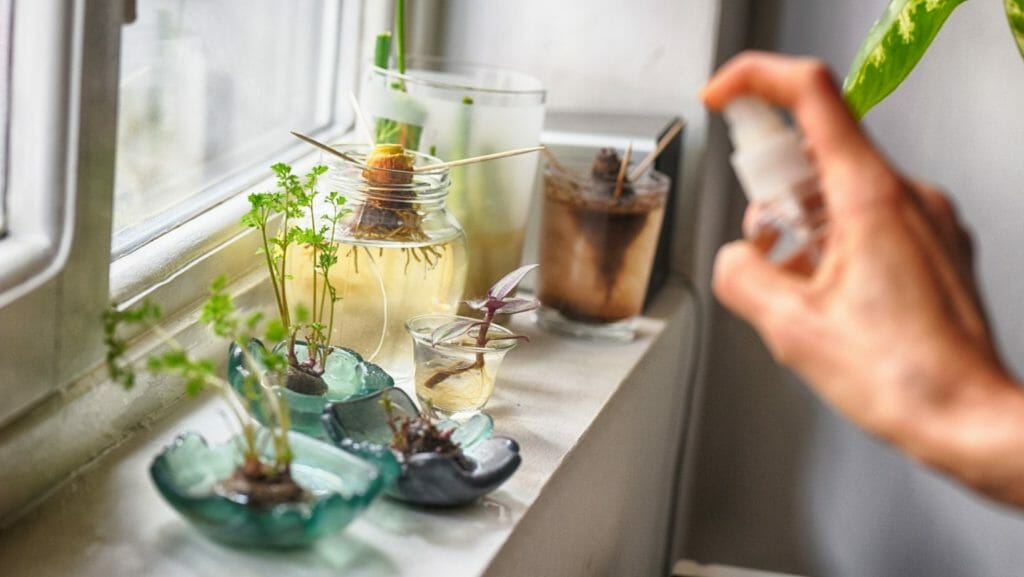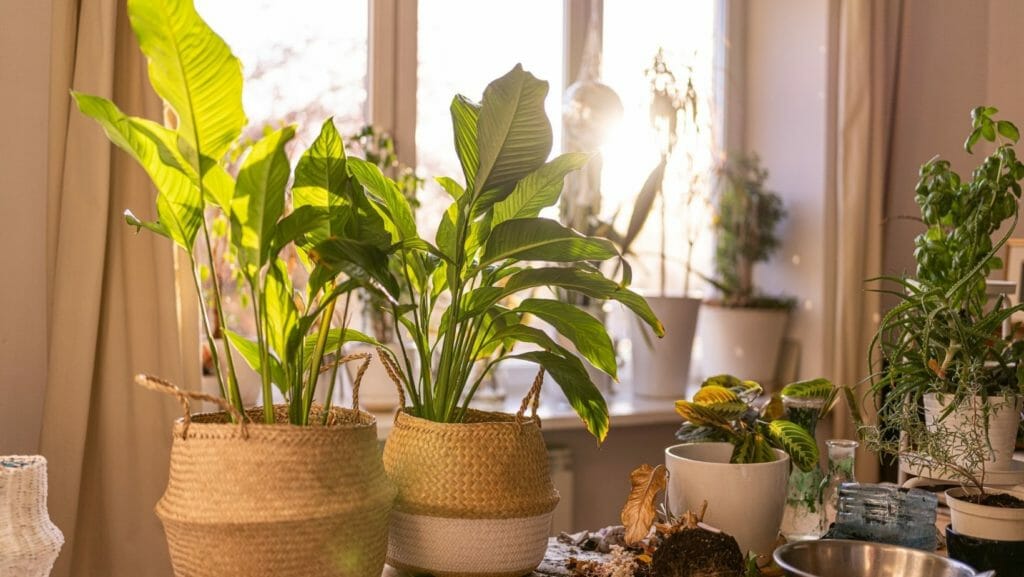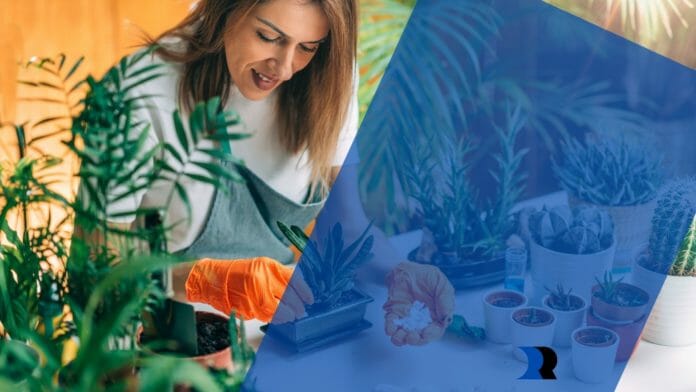When it comes to fertilizing your plants, knowing how to apply nutrients in an indoor garden can make all the difference. The pH of your nutrient solution is crucial to plant absorption of nutrients. The ideal pH for indoor garden crops is 5.5 to 6.5. Use compliant fertilizers for indoor plants, as they are close to neutral pH. Synthetic fertilizers contain high amounts of salt, which lowers the pH. Use a pH meter. A simple, inexpensive device costs less than $30 and can be used to test the pH of your fertilizer solution.
Fertilizer Formulations
Plants need specific amounts of nitrogen, phosphorus, and potassium. Fertilizer formulations for indoor gardens are usually made up of these three main elements, with different amounts of each. The percentages of these elements can vary, but all contain at least one of the other two. Listed on the product label, N-P-K ratios are an indicator of what fertilizer should contain.
Alternatives To Commercial Fertilizers
One of the biggest problems with commercial fertilizers is that they are highly expensive. Organic and natural commercial fertilizers can be even more expensive than synthetics. In addition to being expensive, chemical fertilizers can also be dangerous to plants and should be avoided. There are several alternatives to commercial fertilizers like i49 nutrients that are inexpensive and safe for your plants.
Slow-Release Fertilizers
The best way to fertilize your houseplants is to use a slow-release plant fertilizer. These fertilizers work slowly and release nutrients slowly over several months, giving your plants the nutrition they need to grow. You can apply the slow-release plant fertilizer once every six to eight weeks to your plants. The best way to apply this fertilizer is to sprinkle it around the roots of the plants rather than directly on the soil.

Composting
When you’re growing plants indoors, you might be wondering how to apply composting nutrients in an indoor garden. The compost you add to the soil will help the plant retain moisture and “sip” the water it needs to grow. It also helps plants to grow healthier, reducing the need for chemical fertilizers. Chemical fertilizers are tricky to use, and if you use too much, your plants will die.
Seedling Heat Pads
If you’re wondering how to apply nutrients in an indoor garden, then you’ve come to the right place. The seedling heat pads are an excellent way to warm the soil during the early stages of plant growth. They can raise soil temperature by up to 20 degrees above the ambient room temperature. These heating mats are waterproof and are suitable for use in wet climates. They will help you reduce evaporation and keep soil temperature consistent, so you won’t need to worry about overheating your seedlings.
Composting At Home
There are a few things you need to know before you start composting in an indoor garden. First of all, you’ll need a compost bin. These are normally plastic and have a lid, but you can make your own with a garbage can. You can also buy compost bins from gardening stores. When choosing a bin, make sure it is the right size for your space and the number of compostable materials you have.

Liquid Fertilizers
You may be wondering how to apply liquid fertilizers to an indoor garden. These products are designed to be applied on a weekly or monthly basis to plants. They are best applied when the plants are cool to absorb them better. Most fertilizers are applied twice a year, but some gardeners prefer to apply them weekly. The best way to use liquid fertilizers in your indoor garden is to dilute them to at least half-strength before applying them.
Organic Fertilizers
There are several different kinds of organic fertilizers you can use in an indoor garden, all of which will provide your plants with the nutrients they need to grow healthy and vibrant. For best results, choose a blend of fertilizers containing a range of essential nutrients. Chicken manure is a common choice, but it’s important to know that it can burn plants because of its high nitrogen content. Rabbit and sheep manures are another great choice, and they come in pellet form that is easy to spread. They are both suitable for flowering plants but not so abundant. You can use a combination of these raw materials for the most effective results, so you can apply them two weeks before planting.


